Описание
Mercedes-Benz W201 Hardcover book (fragment of the text)
The leadership of the Daimler-Benz concern repeatedly thought about developing and serial producing compact models back in the 1920-1950s. Several rather bold and non-trivial projects were developed, but none of them was ever implemented.
However, in the early 1970s, the idea of creating a compact Mercedes-Benz model received an unexpected development. The Clean Air Act, passed under U.S. President Jimmy Carter, set a fuel consumption limit for all new cars sold in the United States, which became a serious problem for manyautomakers, including Daimler-Benz.
The company urgently needed to offer an economical model to the American export market. At the same time, it had to fully comply with the solid image of a prestigious brand.
In January 1974, the head of the development department, Professor Hans Scherenberg, defined the key requirements for such a car: “It must be a typical Mercedes-Benz.
So we can’t compromise too much on design, safety, and related performance… The aim of this development is not just to enter the mid-size car market that has been occupied by the Opel and Ford brands for many years.
The 201 should certainly stand out from them with the signature looks, quality, and reliability that customers expect from the company’s vehicles.» Professor Werner Breitschwerdt, who replaced Scherenberg as director of development in 1977, did not consider it necessary to change anything in this concept.
The engineers faced a difficult task: make a compact and economical car, but without any compromises, in other words, a real Mercedes. It is not surprising that journalists from all over the world, invited to the presentation of the new compact W201 family in Seville, Spain, were quite intrigued.
And what they saw did not disappoint. “No other car has aroused such curiosity as this new development from the world’s oldest car manufacturer,” wrote journalists from the German trade magazine Auto, Motor und Sport in 1983 about the new compact class.
The pioneering sedan had taken the bottom line in the brand’s passenger car hierarchy, and this move to expand the brand line was an important step in the brand’s development. The appearance of a compact family significantly strengthened the company’s position in the automotive market and attracted the attention of new customers.
Even 40 years after its premiere, the W201 sedans continue to impress with their stylish and timeless design, which was developed by the famous master of his craft, Bruno Sacco. But the 190 model, affectionately called “Baby Benz”, attracted buyers not only with its appearance, but also with a well-thought-out, largely innovative design that had a high level of passive safety, good dynamics, and controllability.
For the new model, an independent multi-link rear suspension was developed and patented, in which each of the wheels was supported by five independent levers. In many ways, this is what provided the high level of comfort and control accuracy.
After the new range was introduced to the general public in 1983, buyers were offered only two models: 190 and 190 E with 2-liter 4-cylinder petrol engines with 90 hp and 122 hp, respectively. And in the fall of 1983, Mercedes-Benz showed a 72-hp diesel version of the 190 D at the Frankfurt International Motor Show.
Of particular note is the fact that the line was expanded in 1988 with a 195-hp version of the 190 E 2.5-16, as well as its more powerful modifications Evo and Evo II. This model entered many bright pages in the history of Mercedes-Benz sports achievements.
In 1992, the AMG-Mercedes 190 E 2.5-16 Evolution II, driven by Klaus Ludwig, was the overall winner of the German DTM Touring Car Championship.
In February 1993, the Sindelfingen plant ceased production of the first generation of the compact class. The total number of cars produced reached the impressive number of 1,879,629, confirming the commercial success of and loyalty to the chosen direction.
In May 1993, Mercedes-Benz introduced a «Baby-Benz» successor with the W202 index, which received the C-class designation that is familiar today.Today, 40 years after its debut, the W201 still gives the impression of an ageless «light» classic.
Read the continuation of Mercedes-Benz W201 story in the book.
Other books about history of Mercedes:

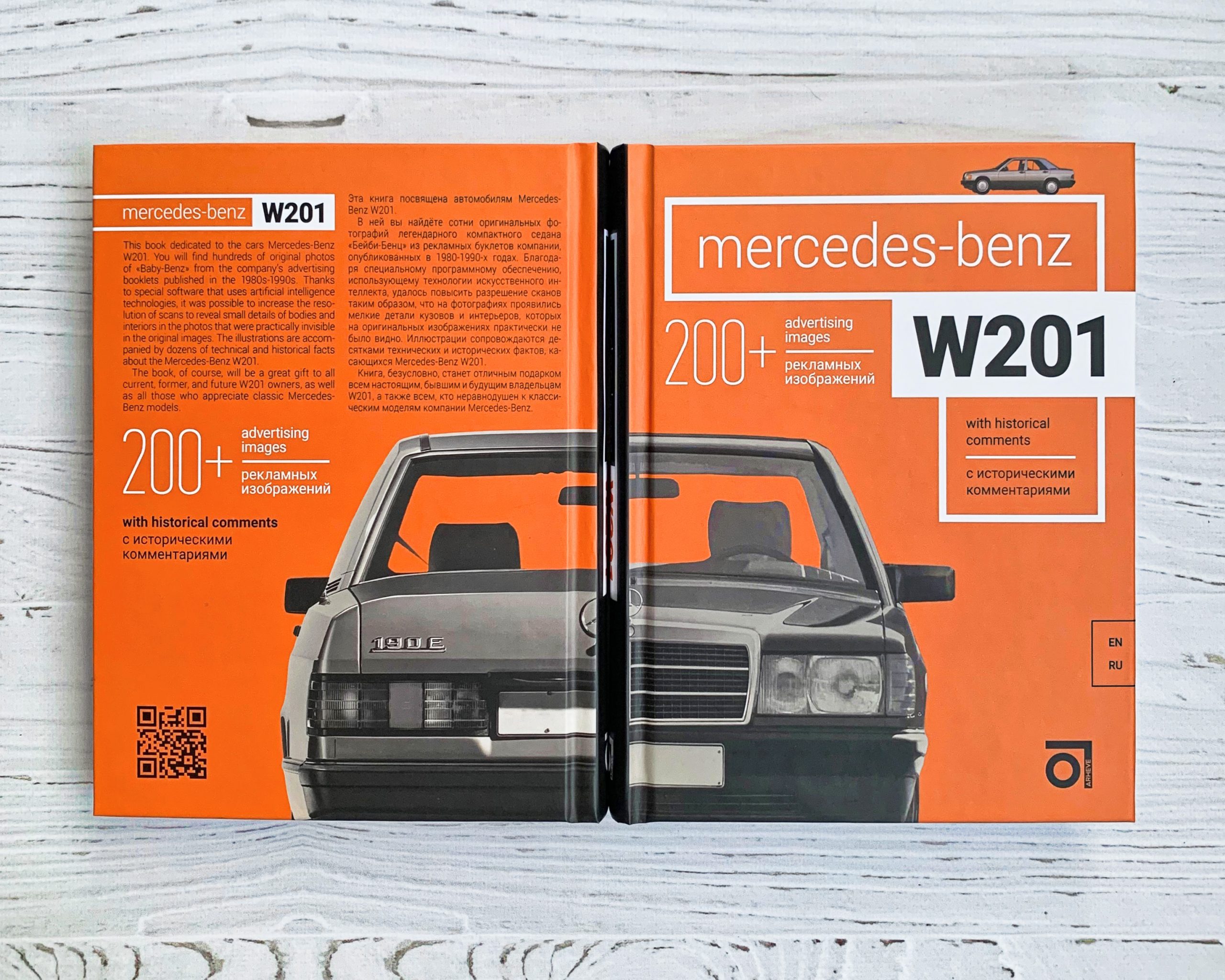
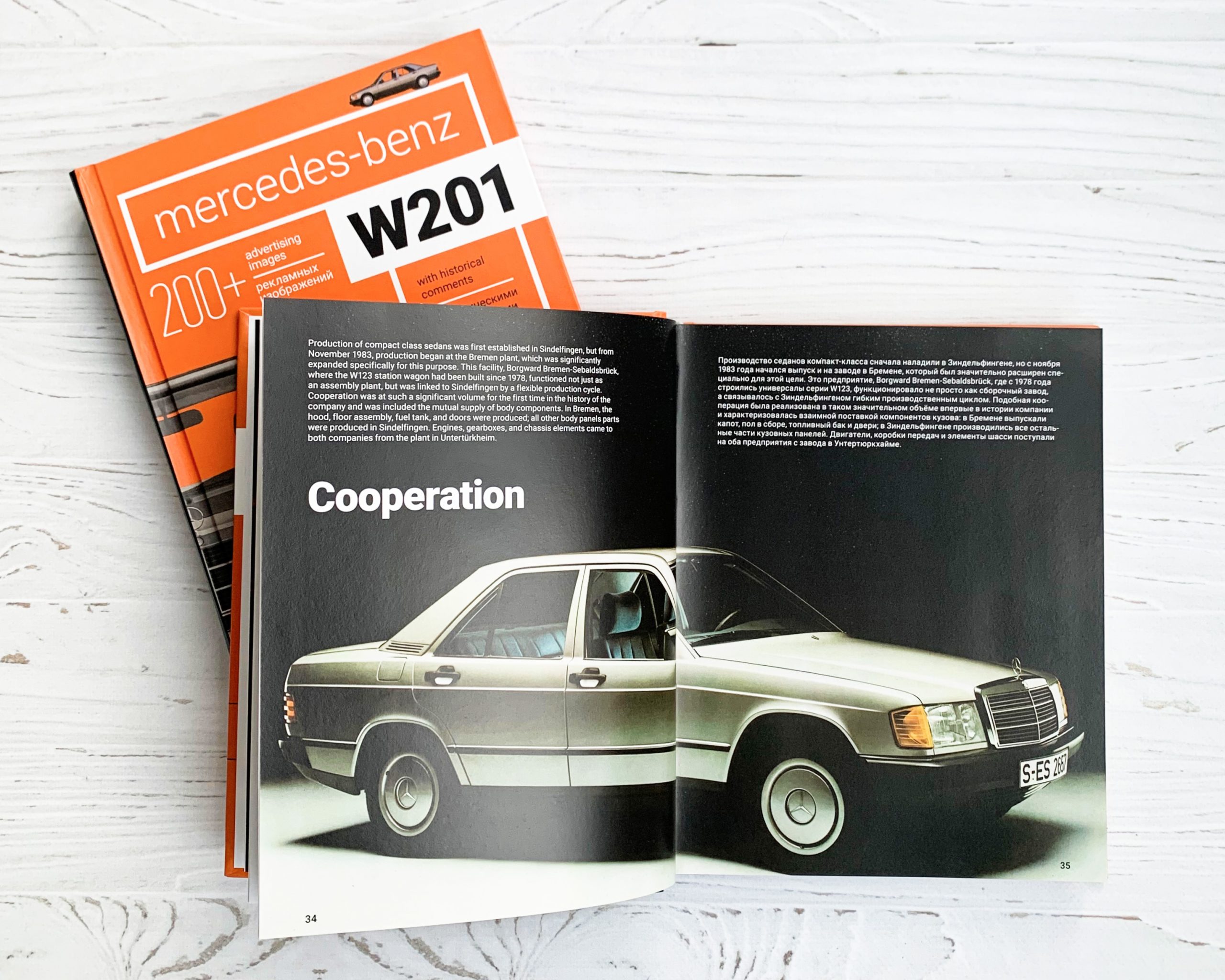
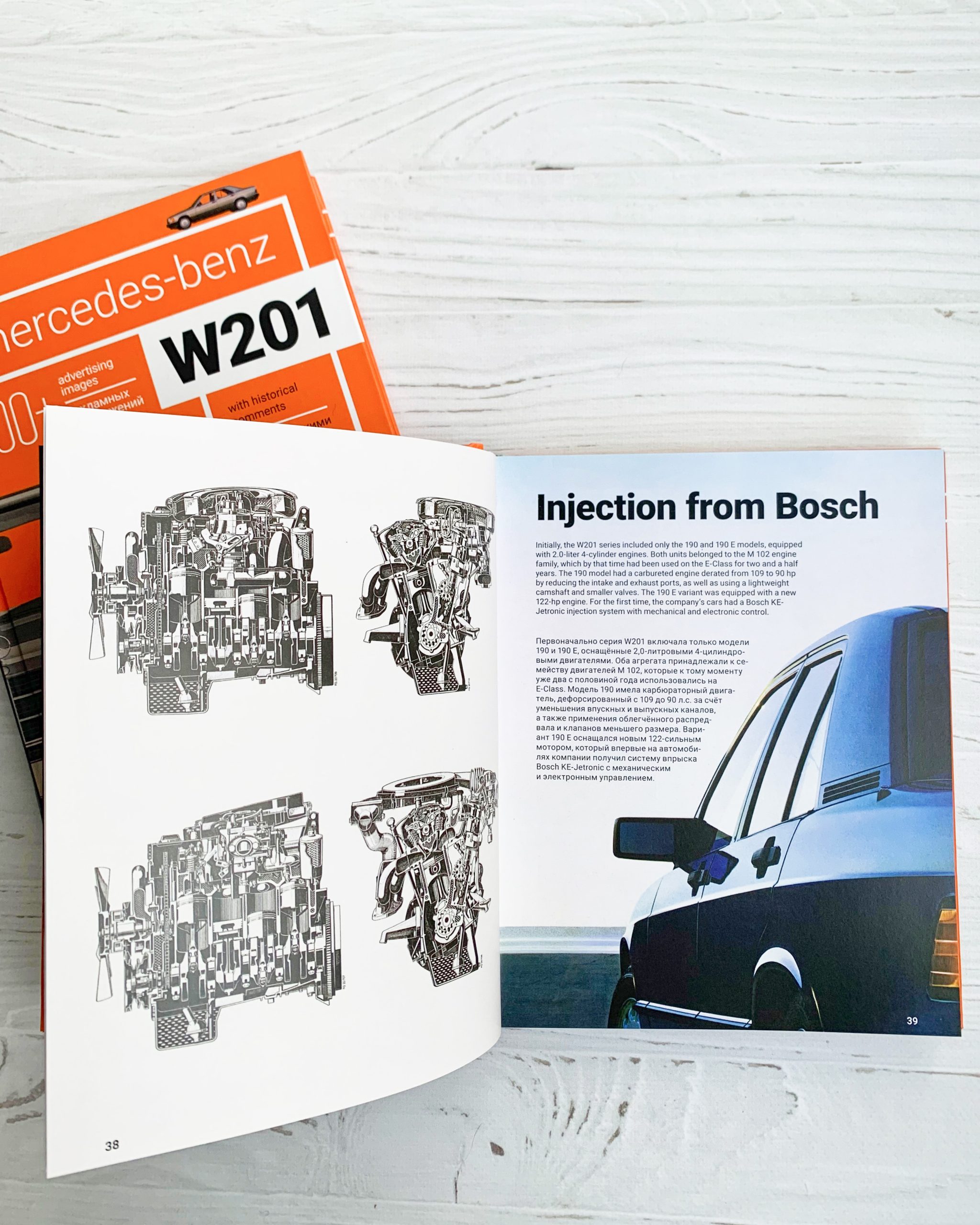
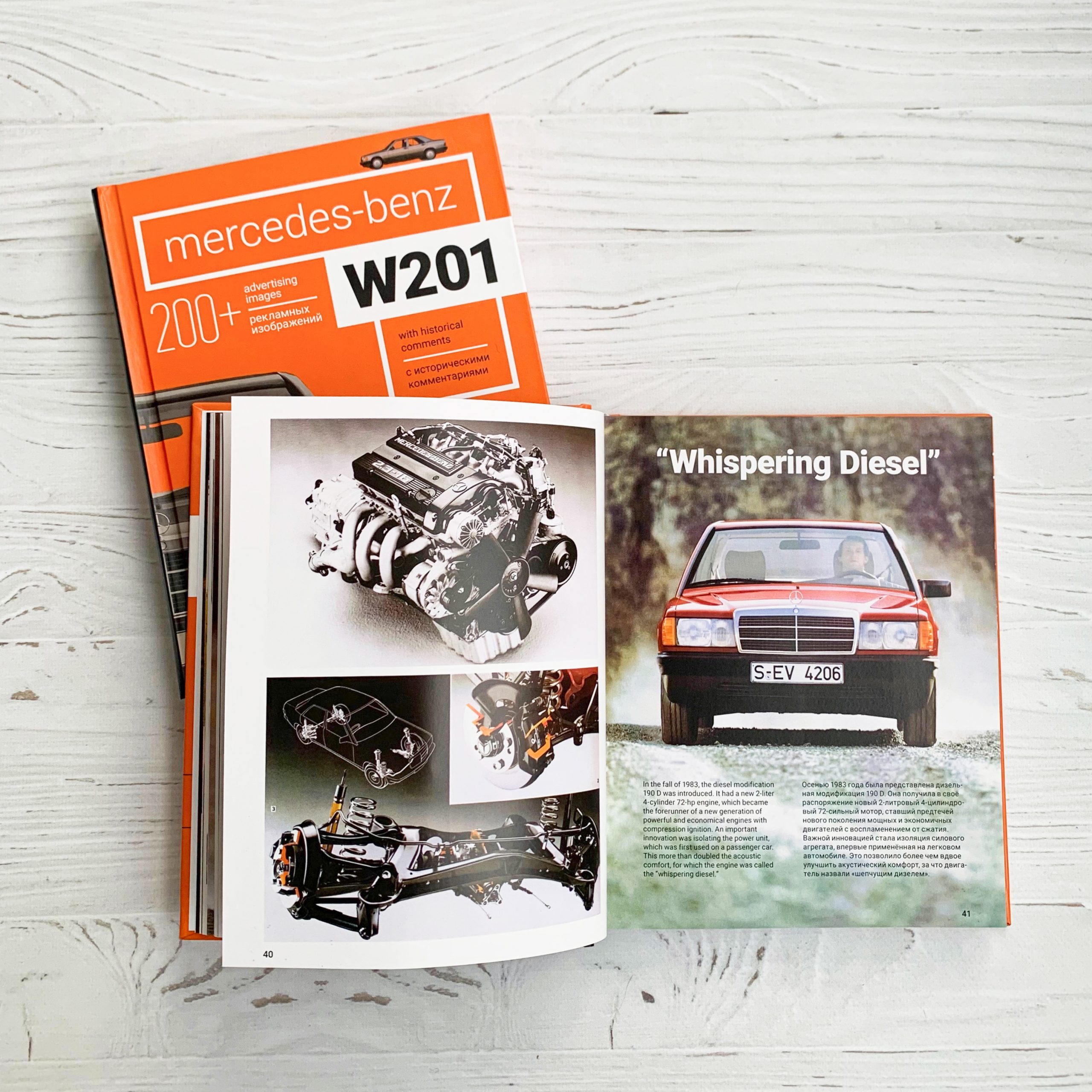
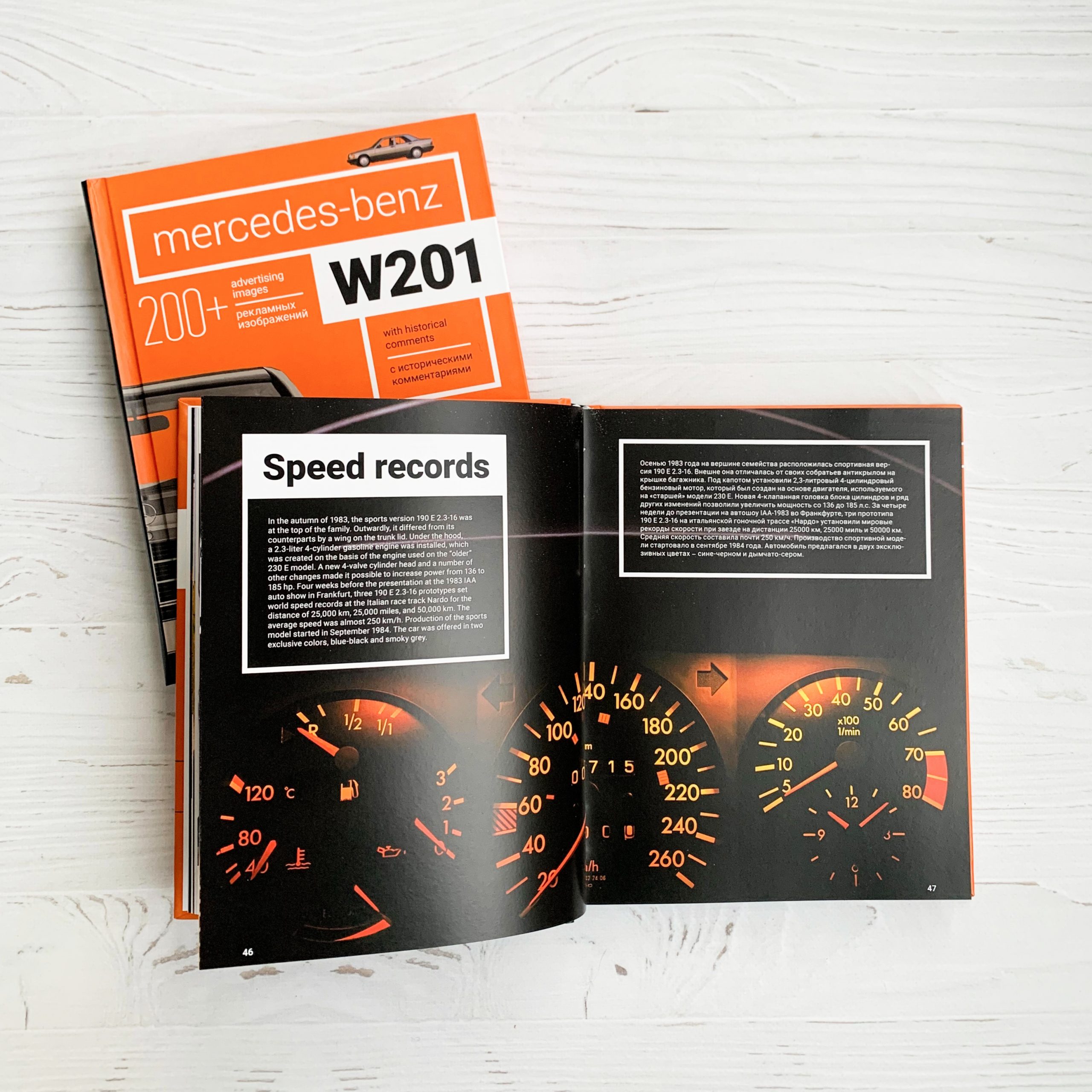
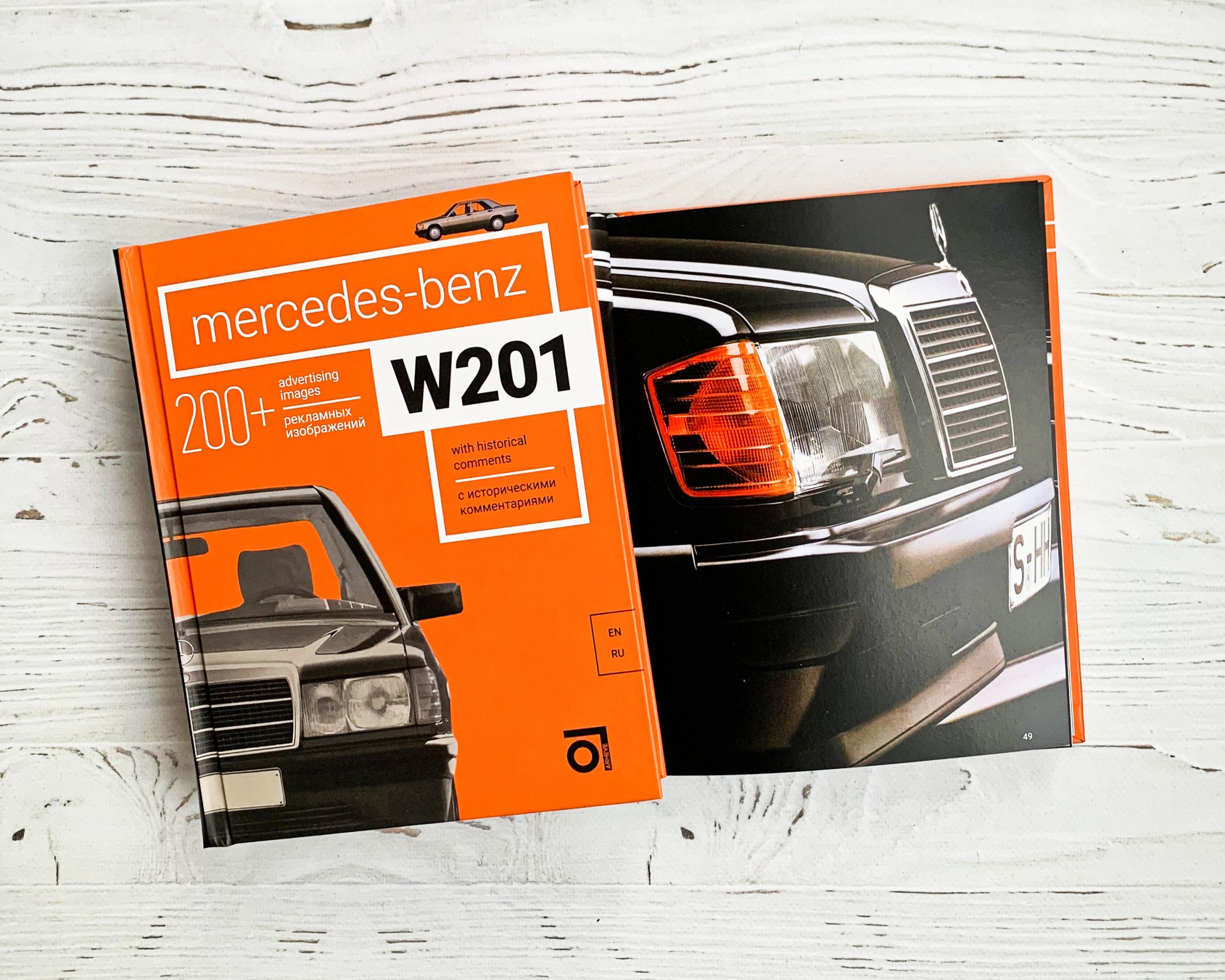



Отзывы
Отзывов пока нет.